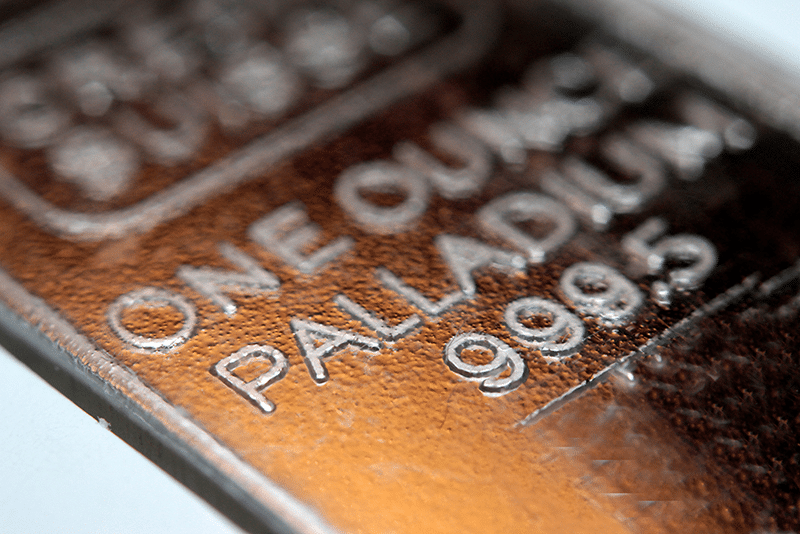This week, precious metals once again served as safe-haven assets for investors and market participants. That said, some precious metal prices, including platinum, continued to slide due to bearish pressure followed by falling demand.
While the world continues to monitor the conflict in the Middle East, metals such as gold and silver have seen an uptick in demand. Indeed, the war is one of the main drivers causing an uptrend within these metals.
Generally investors and traders alike will seek lower-risk assets during uncertain times. In this way, precious metals have long served as a safe haven to mitigate risk and exposure. Meanwhile, interest rates continue to trend upward and stock indices continue to decline. This seems to indicate a high degree of uncertainty and volatility across various market environments.
The 5 Golden Rules for sourcing precious metals.
Not All Precious Metal Prices Reacting to Israel/Hamas War
Still, not all precious metals have seen the same uptick in demand. In fact, some continue to suffer falling prices and declining trends due to supply issues and other concerns. For example, while prices for gold and silver rose due to increased demand and global conflict, platinum and palladium prices fell, declining about 2.0-2.5%. Most analysts attribute this decrease to falling demand in the automotive sector and a slowdown in global economic growth.
As car manufacturers opt in for more clean energy vehicles, they require fewer catalytic converters. This reduces production, causing both the use of and demand for platinum and palladium to decline.
Get valuable precious metal market trends, price alerts, and commodity news, supporting your business in mitigating price risk. Register for MetalMiner’s free weekly newsletter.

Platinum and Palladium Drop as Other Precious Metal Prices Surge
Unlike some other precious metal prices, platinum and palladium could be in for a tough winter. Indeed, the indices face a string of global challenges, including the Middle East conflict between Israel and Hamas, the war between Ukraine and Russia, higher inflation risk, and rising interest rates. All of these can impose high levels of risk and uncertainty on platinum and palladium.

And with platinum already declining past summer 2023 lows, it is safe to say the trend direction is currently bearish. In fact, both indices show little to no signals of any reversal patterns or bullish momentum that could help drive prices back into an uptrend. However, current prices do appear to be forming lower lows and lower highs, further solidifying the downtrend. This platinum downtrend started during the spring season of 2023. Once prices peaked just over $1000/oz, they quickly fell again, breaking prior lows and initiating a steep decline.
Palladium Not Likely to React Much to Middle-East Crisis
Palladium prices have also fallen over recent weeks, on top of showing consistent declines month over month. Since the start of October, prices have only dropped further, ultimately forming new lows. This indicates an overall bearish trend, despite the fact that palladium prices remain mainly unaffected by the Israel – Hamas conflict. In fact, because it remains largely unaffected by what happens in Middle East, palladium price action recently began to trend sideways. This seems to indicate general uncertainty, though it is worth noting that the industrial sector can boost demand for palladium.
In the long term, the impact of the ongoing global conflicts on precious metal prices remains extremely complex. On the one hand, conflict can lead to a higher demand for safe-haven assets. On the other hand, it can also lead to economic disruption, dampening demand for precious metals. The investors and traders of the world will simply have to wait a bit longer to see exactly which direction these indices take.
Finally, precision meets profitability in precious metal investments. Harness the power of MetalMiner Insight’s cost-saving AI features to forecast precious metal prices. Click here.




